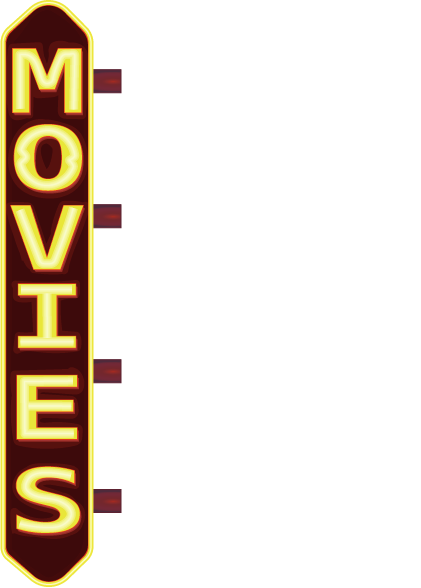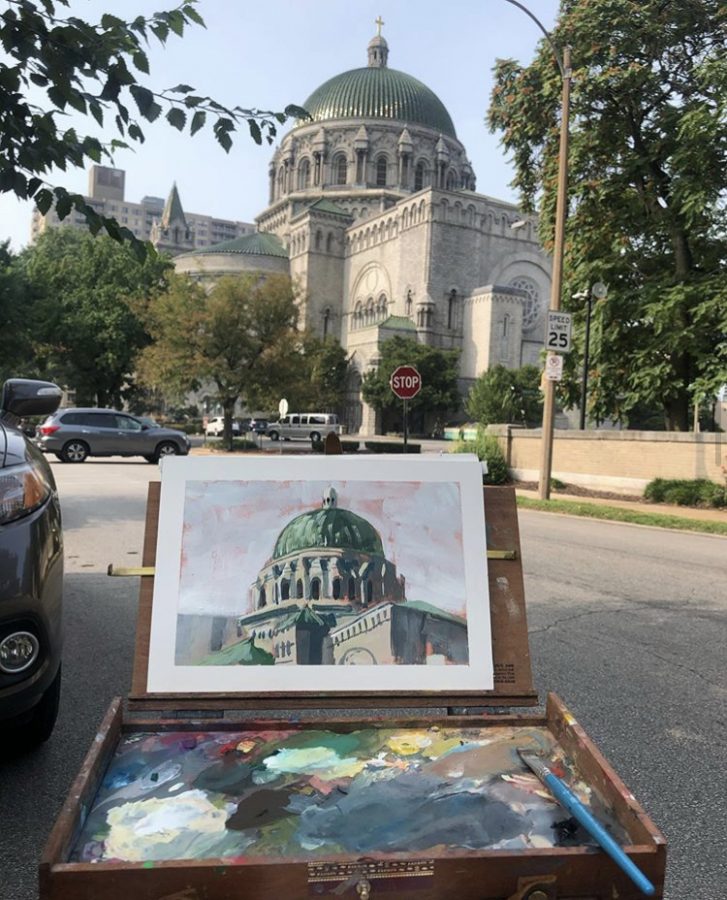ip-hop music has been around for more than 30 years. In the beginning it was a culture, more than a genre of music. Young African-Americans all over New York City joined to establish their own culture of block parties, DJs, graffiti, break dancing and music.
Hip-hop lyrics started merely as shout-outs to people in the crowd. They then progressed to structured rhymes about dancing and having a good time. Eventually, rappers began to use hip-hop as a way to communicate to the rest of the world. Lyrics covered everything from inner-city life and politics to drug dealing and pimping.
Likewise, the geography of rap music has evolved. It started in the boroughs of New York City and eventually spread around the northeast. Once radio spread the good news to the nation, the West Coast was the next to pick it up. Then, it spread progressively through Atlanta and New Orleans in the South, and eventually made its way to the Midwest.
Regardless of personal taste, it is impossible to dispute that rap music was reaching its peak in the mid 1990s. After the great ones like KRS-One, Public Enemy, N.W.A. and others paved the way and brought nationwide attention to this blossoming art form, the door was wide open.
The years between 1992-1998 saw the release of some of rap music’s landmarks: Dr. Dre’s The Chronic; Snoop Dogg’s Doggystyle; 2pac’s Me Against the World and All Eyez on Me; Nas’s Illmatic; Jay-Z’s Reasonable Doubt; The Notorious B.I.G.’s Ready to Die and Life After Death; Outkast’s Southernplayalisticadillacmuzak, ATLiens, and Aquemeni.
At the same time, the Cash Money movement was defining New Orleans, and less-mainstream artists such as Common, Mos Def and Talib Kweli were gaining much popularity.
The rap game continued to evolve at the dawn of the 21st century. Jay-Z revolutionized the sound of hip-hop and sampling by employing powerhouse newcomers such as Kanye West and Just Blaze on 2001’s The Blueprint. Eminem etched his name on the list of great ones with The Slim Shady LP and The Marshall Mathers LP. Nelly helped put the Midwest on the map with Country Grammar, and Dr. Dre proved his genius once again with The Chronic: 2001.
Unfortunately, since 2001, rap music as an art has been on a steadily decreasing decline. The reason is plain and simple: Rap has become a business.
Since its commercialization, the hip-hop industry has been the ideal American Dream. It was a way for inner-city kids to get rich, legally. As the culture spread, hip-hop moguls such as Puff Daddy and Russell Simmons even started clothing lines. Today, rappers make profit off sneakers, energy drinks, alcoholic drinks and pornography. Many rappers openly describe their business ambitions. Less and less attention is being paid to the music.
Record companies used to search for talent. Producers used to try to put out artists who would add something valuable to hip-hop. Russell Simmons put out Run-DMC and The Beastie Boys. Dr. Puffy produced Biggy and Mary J. Blige. Jay-Z signed Kanye. Dr. Dre chose Eminem and Scott Storch as prodigies.
However, record labels look for a new sound that can usurp the airwaves long enough to make a profit. Jermaine Dupri blessed us with Lil’ Bow Wow. Master P gave us his son, Lil’ Romeo. 50 Cent has assembled an army of less-than-quality artists. For example, The Game was supposed to “revive” the West Coast but his album disappeared with the changing of the seasons. Have you ever heard of Stat Quo? He was 50 Cent’s idea of redefining the sound of the Dirty South.
A short decade ago, putting together a ranking of the top 10 rappers in hip-hop would have been and arduous task. Everyone was bringing so many different things to the table that it was difficult to rank them fairly.
It would be equally difficult today to assemble even a top-five list. The reason: You have to find them first. Pac and Biggie were stolen from us, and most of the other greats have either retired or just fallen dormant. We are left with an endless list of one-hit wonders and copycats.
Lyrical content has become monotonous. Though rap lyrics are not usually powerful, the poetic and creative nature that helped establish its empire has all but vanished. Juelz Santana recently released an album entitled What the Game’s Been Missing. With tracks such as “Kill Em,” “Murda Murda” and “I Am Crack,” the irony is painful.
There is still hope. Since leaving Cash Money, Lil’ Wayne has grown by leaps and bounds as an artist, and his last album, Tha Carter II, is proof. Common’s Be was brilliant. Kanye West has released two revolutionary albums in less than two years. Nas has recently signed to Def Jam, and talks of a DJ Premier collaboration are circling. Similar rumors have been around for years about Dre releasing his next album, supposedly named Detox.
Recently I have been embarrassed to identify myself as a hip-hop fan. It’s getting harder to fight the claims that “It’s all about sex, drugs, and killing” and “It all sounds the same.” I hope that one day I can look forward to new albums like I used to. I hope that it stops being painful to listen to the radio. Hip-hop needs help.






